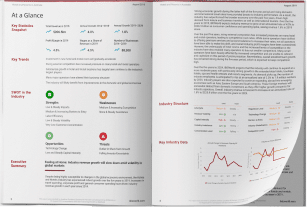2023 Version
Around 12.9 in 13.3
The increase in Youth poverty over the decade
The number of people
intending to retire after 70 has increased from 6.3% to 12.3% a 93% increase in delayed retirement intention.
23.4% is the increase in the Poverty Gap level of Elderly persons over the decade.
Overview
Intergenerational inequality refers to the unequal distribution of resources, opportunities, and outcomes across generations.
This inequality can arise from a range of factors, including economic, social, and political systems that perpetuate advantage or disadvantage over time.
Per Capita examined generational inequality between 2010 and 2021, focusing on rates of poverty among different age cohorts, and intended retirement age.
Interpreting the Index charts and values
Consistent with other measures of inequality we present inequality as a value between 0 and 100, with 0 denoting perfect equality. At any value in excess of 0 there is inequality between the considered measures; the higher the value, the greater the level of inequality.
Because all values are in ratio terms the value may be interpreted as the distance from equality; for example, if wealth inequality is rated 70, this would indicate that the wealth of the highest income group would need to decrease by 70% for equality to be achieved. All index values are in the same percentage scale.
Intergenerational inequality increased over the decade between 2010 and 2020, peaking in 2018. This has been driven by the size of the poverty gap of the elderly, and the increase in the rate of youth unemployment.
Shift have also been uneven, and while the poverty rate of the elderly (not the gap), has improved, many older women face precarious economic circumstances.
Disclaimer – The analysis employs economic and econometric techniques to provide estimates of plausible terms to equality, based on the interval trend, they are not estimates of the predicted term to equality, which will be consequential to policy and regulatory settings, amongst other critical factors. The extant models provide an indication of the term to equality should extant 10 year trends continue.
How does the Index work?
This report, and the Index it explains, seek to address this gap in public information by providing a comprehensive and multidimensional measure of inequality that can inform policymaking and advocacy. By measuring shifts in measures of inequality the index and sub-indices afford a more comprehensive and nuanced representation of the root causes and impact of inequality in Australia.

